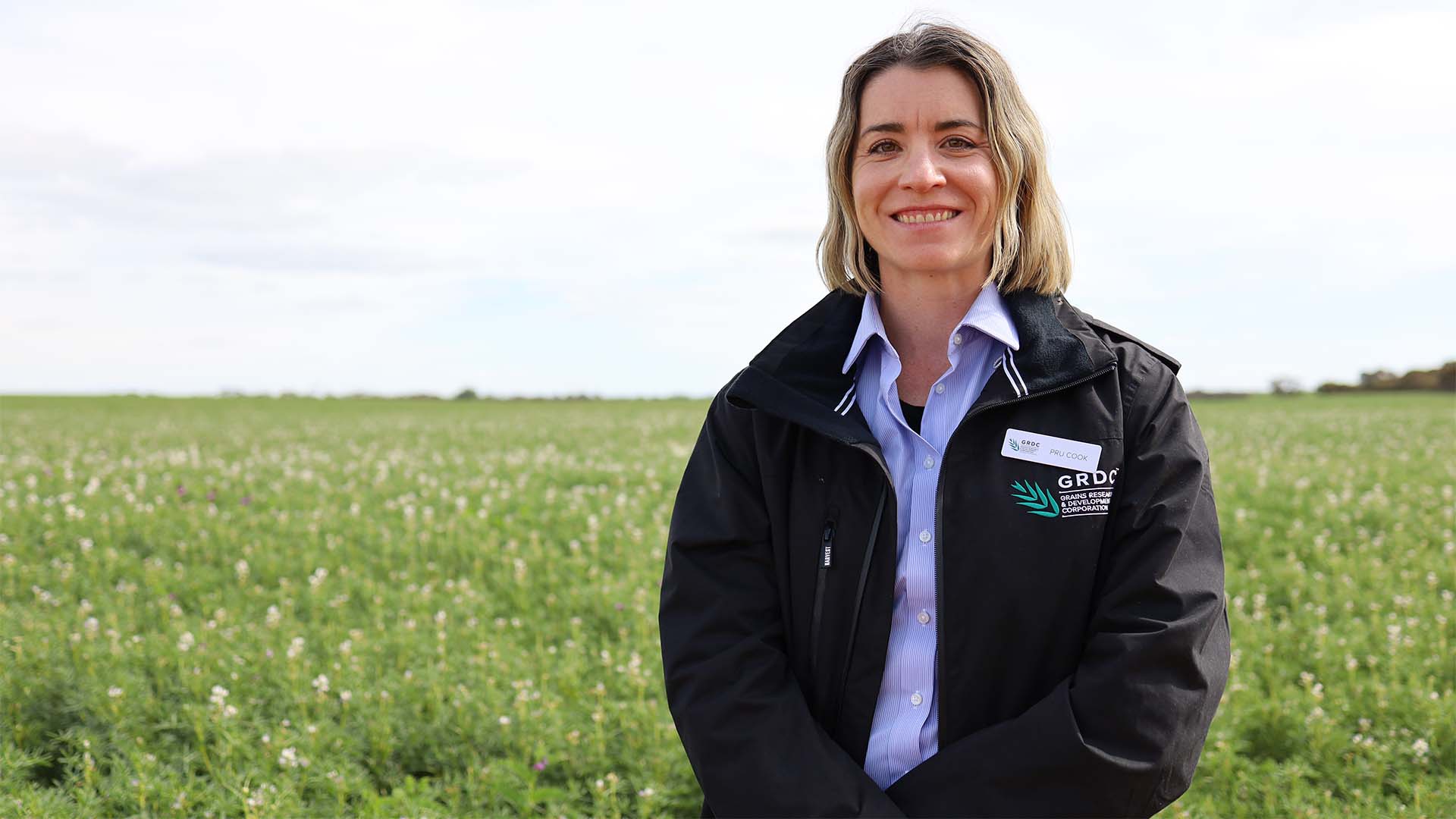Australia’s artificial light pollution guidelines for wildlife have been endorsed by the 13th Conference of the Parties to the Convention on the Conservation of Migratory Species of Wild Animals (COP13) in Gandhinagar, India.
The raise awareness of the potential impacts of artificial light on wildlife and provide a framework for assessing and managing these impacts.
COP13 acknowledged that globally, artificial light is increasing by around two per cent per year and is recognised as a growing threat to the conservation of wildlife.
The Conference encouraged all international parties to consider ways to avoid or mitigate the negative effects of artificial light at night wherever possible and committed to preparing guidelines for other affected species.
The guidelines are built around a concept of best practice lighting design principles and a risk assessment approach to light management near protected wildlife.
Artificial light can stop turtle hatchlings finding the ocean and prevent fledgling seabirds from taking their first flight if their nesting habitat never becomes dark.
While the guidelines were developed within the Australian context, the universal nature of light pollution means that the broad parameters, process, and technical and practical information can be applied in other countries experiencing similar conservation challenges.
It is a major credit to Australia to have the guidelines endorsed at this important conference and implemented on an international level.
The guidelines were finalised in January and are available on the Department’s website:
including Marine Turtles, Seabirds and Migratory Shorebirds.




